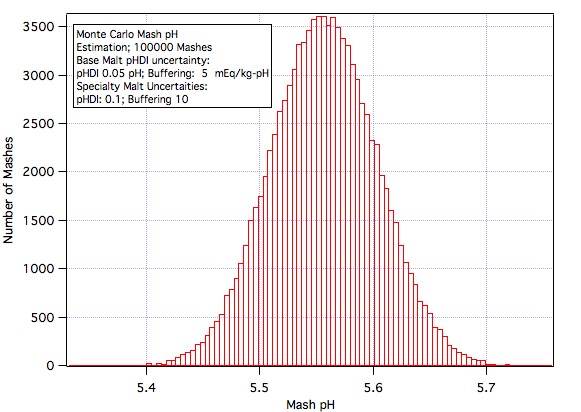FirstAidBrewing
Well-Known Member
Hey all,
So no pun intended, I am diving into the world of water chemistry and just picked up the following pH meter from my LHBS:
http://www.milwaukeetesters.com/pH55.html
While I am excited to figure out where I can improve my water, I'm reading the instructions on this device and... holy crap! The calibration isn't too difficult; my question is more related to the maintenance.
If I am reading the instructions properly, it looks like I have to keep this thing constantly soaked in bottled water or the calibration solution that it came with (per the instructions: 'Do not store the unit in the protective cap.' I found that funny).
I guess I didn't imagine having a cup of bottled water for my meter to soak in being a constant part of my brew setup. I keep saying bottled as that word was repeated constantly in the instructions.
Thoughts? And is this thing really worth what I paid for is as opposed to some pH test strips?
Thanks!
So no pun intended, I am diving into the world of water chemistry and just picked up the following pH meter from my LHBS:
http://www.milwaukeetesters.com/pH55.html
While I am excited to figure out where I can improve my water, I'm reading the instructions on this device and... holy crap! The calibration isn't too difficult; my question is more related to the maintenance.
If I am reading the instructions properly, it looks like I have to keep this thing constantly soaked in bottled water or the calibration solution that it came with (per the instructions: 'Do not store the unit in the protective cap.' I found that funny).
I guess I didn't imagine having a cup of bottled water for my meter to soak in being a constant part of my brew setup. I keep saying bottled as that word was repeated constantly in the instructions.
Thoughts? And is this thing really worth what I paid for is as opposed to some pH test strips?
Thanks!





